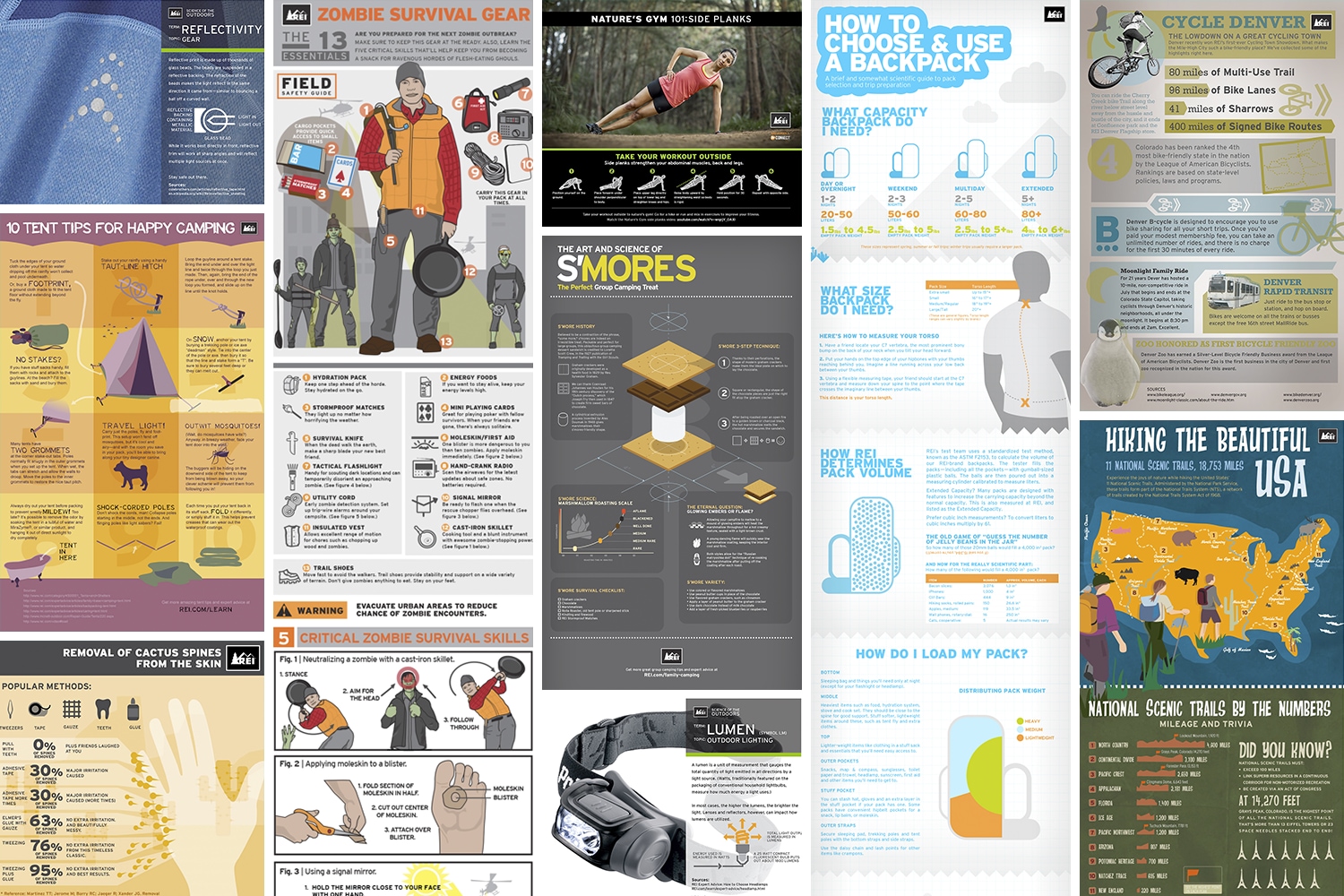The rainfall fly is an important element of your camping tent, protecting it from rainfall, wind and rough sunshine. Whether you pick a spacious multi-room tent or lightweight backpacking tent, you'll find that a quality rainfly improves your outdoor experiences.
Search for a rainfly with long lasting materials and a high water resistant ranking. Think about the weight and packability of a rainfly when picking it for backpacking trips.
Resting Outdoor tents
A rainfly offers added protection for your camping tent from unanticipated showers. Its design disperses rainfall and snow and helps stop water from merging on the top of your tent. This can trigger the textile to sag and cavern, bring about leaks.
Modern rainfly materials consist of polyurethane or silicone coverings to use exceptional waterproofing. Numerous additionally include sealed seams to stop water from dripping through stitching. Some also have reflective spots to help you find your outdoor tents in low-light problems.
Choose a rainfly that shows the environment and outdoor camping conditions you experience most often. As an example, desert campers require a rain fly that blocks wind and UV rays. Backpackers must take into consideration ultralight rain flies to minimize pack weight without jeopardizing security. Seek flexible attachment points that enable you to alter the stress on the fly to make certain that it is taut and positioned correctly to avoid leakages. A well-positioned rainfly can additionally manage temperature and reduce condensation inside the tent.
Tarp
Tarps are flexible items of outdoor camping equipment, and a tarpaulin sanctuary can be among the most comfortable options for camp. In addition to being able to be configured in unlimited methods, tarpaulins likewise often tend to call for much less equipment than outdoors tents and are much lighter in weight.
A significant benefit to tarpaulin shelters is that they enable sufficient ventilation. While this can be a disadvantage for some campers, that may choose to have a more enclosed space, it is an important factor in keeping occupants from overheating and decreasing the buildup of condensation that could endanger the textile.
Similar to various other arrangements, when establishing a tarpaulin sanctuary, make certain the ridge line is established at an angle to assist direct rain and snow away from the shelter. A good ridgeline can also maintain wind from blowing the tarpaulin around. Make certain the tarpaulin is protected appropriately with suitable connecting techniques, such as a prusik knot (or sliding knot), at heights that develop enough head area and are not a stumbling danger, and slope the tarp appropriately for water drainage.
Insurance coverage
A rainfly is just one of one of the most essential pieces of camping tools to induce any type of trip. It protects your outdoor tents from climate that can swiftly alter, allowing you to stay comfy and appreciate your wilderness adventures.
Modern rainfall fly styles provide more than simply water resistant security. Some have built-in photovoltaic panels to assist you keep charged on the move, while others have flexible vents for airflow to mitigate condensation build-up. Selecting a rainfly that fits your needs and choices is important for the general experience.
Search for light-weight textiles, such as nylon or polyester, and polyurethane finishings to boost water resistance. Additionally take into consideration the rainfly's head hydrostatic pressure ranking, which assists you evaluate its capacity to stand up to rainfall and wind. Remember that rainfall flies generally need to be cleaned up after each use, given that dust can wear on the water-proof layer. It's finest to clean and shop it in an awesome, completely dry location to avoid mold and mildew and mildew.
Shelter
A rainfly is a crucial piece of equipment for your hammock, shielding you from the aspects and ensuring that you can cotton canvas rest conveniently. When selecting a rainfly, take into consideration the climate and problems in which you'll be camping. As an example, tropical environments might require a rainfall fly that has high humidity and UV defense. Other factors to consider include textile type and weight. Seek options that are light-weight and made from resilient products that resist abrasions and spots.
If you don't have a rainfall fly, you can create a makeshift sanctuary using a tarp. Nevertheless, it's best to set up your rain defense initially before installing the rest of your tent. This makes certain that you can rapidly and quickly enter and out of your hammock in the event of an abrupt tornado or change in weather condition. Additionally, see to it that your rain fly is properly secured to prevent waving in the wind. Bear in mind that rainfall flies and bug nets must be cleaned up routinely to stop mud, mold and mold from accumulating gradually.
